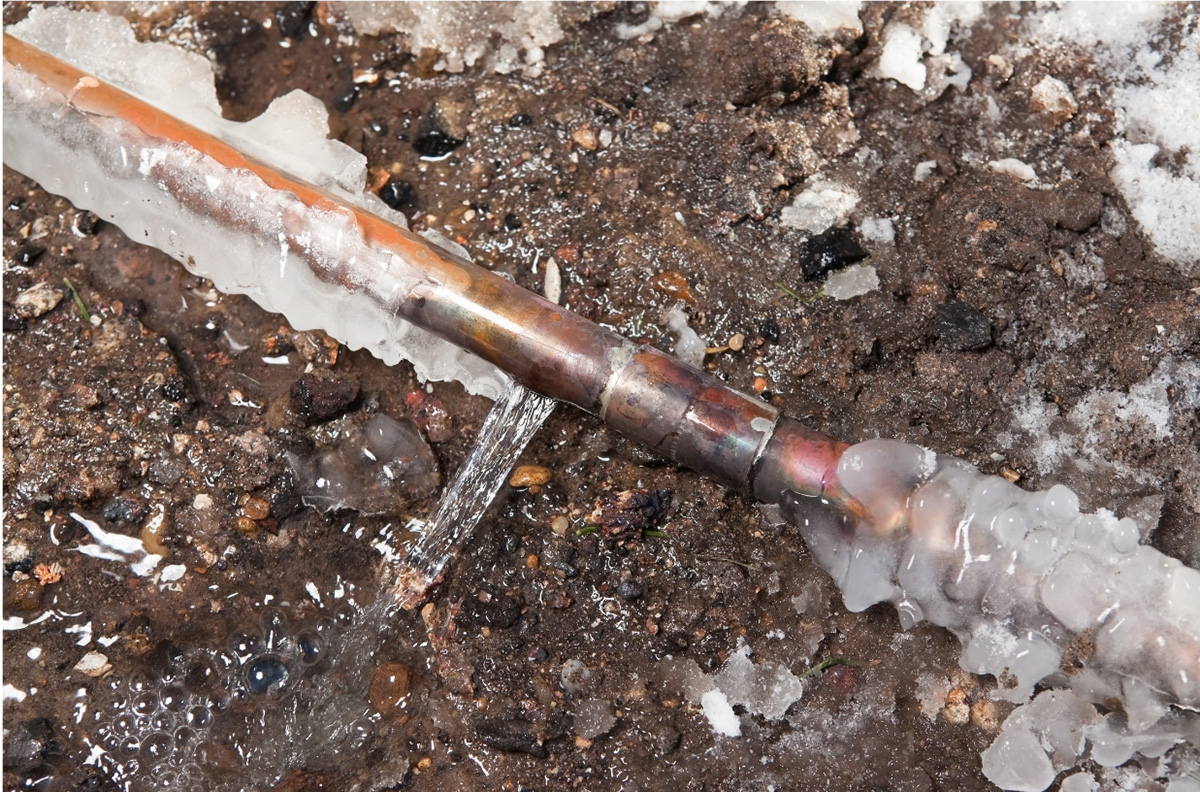Preventing Frozen Pipes: Top Methods for Winter
Preventing Frozen Pipes: Top Methods for Winter
Blog Article
We've stumbled upon this great article involving Prevent Frozen Pipes listed below on the internet and felt it made sense to quickly share it with you on this page.

Cold weather can damage your pipes, particularly by freezing pipes. Right here's just how to stop it from taking place and what to do if it does.
Intro
As temperature levels decline, the threat of icy pipelines rises, possibly causing expensive repairs and water damage. Comprehending exactly how to avoid frozen pipelines is essential for property owners in cool environments.
Comprehending Frozen Pipelines
What creates pipes to ice up?
Pipes ice up when subjected to temperatures listed below 32 ° F (0 ° C) for extended periods. As water inside the pipelines freezes, it broadens, taxing the pipe wall surfaces and potentially triggering them to burst.
Dangers and damages
Icy pipes can bring about supply of water disturbances, property damage, and pricey repair services. Ruptured pipelines can flooding homes and trigger substantial structural damages.
Indications of Frozen Water Lines
Identifying frozen pipes early can stop them from breaking.
Exactly how to identify frozen pipes
Look for decreased water circulation from faucets, unusual smells or sounds from pipelines, and visible frost on subjected pipelines.
Prevention Tips
Shielding at risk pipelines
Wrap pipelines in insulation sleeves or utilize heat tape to secure them from freezing temperature levels. Focus on pipelines in unheated or outside locations of the home.
Home heating techniques
Keep interior spaces adequately heated, especially locations with plumbing. Open cabinet doors to enable cozy air to circulate around pipes under sinks.
Securing Exterior Plumbing
Garden tubes and exterior taps
Disconnect and drain garden tubes prior to winter. Set up frost-proof spigots or cover exterior faucets with protected caps.
What to Do If Your Pipes Freeze
Immediate actions to take
If you suspect frozen pipelines, maintain taps open up to soothe pressure as the ice thaws. Use a hairdryer or towels soaked in warm water to thaw pipes gradually.
Long-Term Solutions
Architectural adjustments
Take into consideration rerouting pipes far from exterior wall surfaces or unheated areas. Add extra insulation to attic rooms, basements, and crawl spaces.
Upgrading insulation
Invest in top quality insulation for pipes, attics, and wall surfaces. Proper insulation helps keep constant temperatures and decreases the danger of icy pipelines.
Final thought
Preventing frozen pipelines requires positive actions and quick responses. By recognizing the reasons, indications, and preventive measures, home owners can shield their pipes throughout winter.
5 Ways to Prevent Frozen Pipes
Drain Outdoor Faucets and Disconnect Hoses
First, close the shut-off valve that controls the flow of water in the pipe to your outdoor faucet. Then, head outside to disconnect and drain your hose and open the outdoor faucet to allow the water to completely drain out of the line. Turn off the faucet when done. Finally, head back to the shut-off valve and drain the remaining water inside the pipe into a bucket or container. Additionally, if you have a home irrigation system, you should consider hiring an expert to clear the system of water each year.
Insulate Pipes
One of the best and most cost-effective methods for preventing frozen water pipes is to wrap your pipes with insulation. This is especially important for areas in your home that aren’t exposed to heat, such as an attic. We suggest using foam sleeves, which can typically be found at your local hardware store.
Keep Heat Running at 65
Your pipes are located inside your walls, and the temperature there is much colder than the rest of the house. To prevent your pipes from freezing, The Insurance Information Institute suggests that you keep your home heated to at least 65 degrees, even when traveling. You may want to invest in smart devices that can keep an eye on the temperature in your home while you’re away.
Leave Water Dripping
Moving water — even a small trickle — can prevent ice from forming inside your pipes. When freezing temps are imminent, start a drip of water from all faucets that serve exposed pipes. Leaving a few faucets running will also help relieve pressure inside the pipes and help prevent a rupture if the water inside freezes.
Open Cupboard Doors
Warm your kitchen and bathroom pipes by opening cupboards and vanities. You should also leave your interior doors ajar to help warm air circulate evenly throughout your home.

Do you appreciate more info about 6 Ways to Prevent Frozen Pipes? Try leaving a remark down below. We will be pleased to hear your feelings about this write up. We hope that you visit us again soon. If you enjoyed reading our blog posting plz do not forget to pass it around. I treasure your readership.
Click Here Report this page